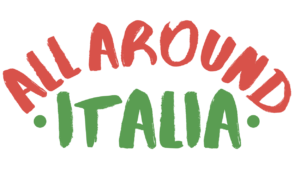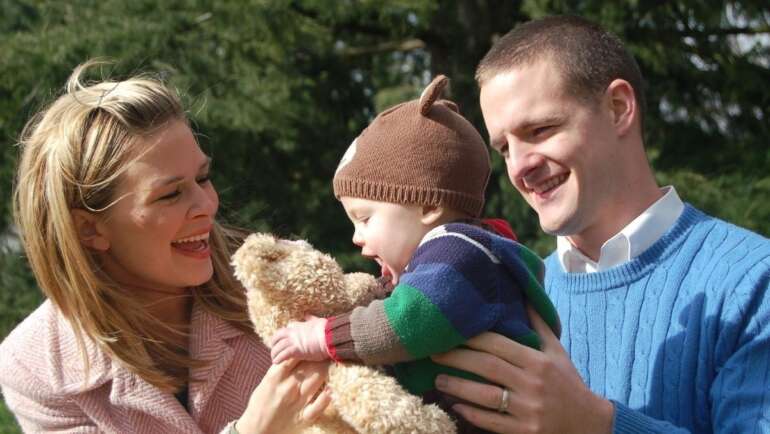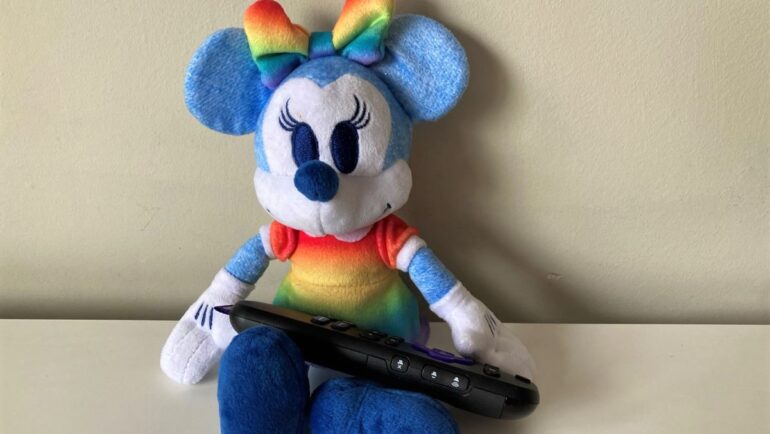Get ready to welcome your bilingual baby-to-be.
Planning to raise a bilingual baby? Maybe you and your partner have different native languages. Maybe you live in a country with a language different than yours. Or maybe you’d like your child to learn the language of their ancestors.
Whatever your reason may be, it’s important to be ready!
Before your baby arrives, this post outlines what you can do to prepare. It is based on our family’s experience with Italian language, but the strategies can be applied to any language.
If your baby has already arrived, also check out this post.
Table of Contents

Make a Language Plan
Identify Majority and Minority Languages
To raise a bilingual baby, you need to understand at least the basics about language acquisition.
According to the Linguistic Society of America, exposure and need are the most important factors when learning a language. Exposure leads to vocabulary and grammar development. Actual need to communicate leads to mastery!
For babies – who only speak baby talk initially – exposure is what’s important!
If you’re raising a bilingual baby, in most cases, it will easier to expose your baby to one language over another. The majority language is the one that will naturally be more prevalent in your child’s life. Exposure to the minority language will be trickier.
In our case, we live in Brooklyn and are raising our daughter to speak Italian (dad’s native language) and English (mom’s native language). Here, we need to actively create opportunities to expose our child to Italian. So, in our case, English is considered the majority language, and Italian is considered the minority language.
To ensure consistent and adequate exposure to the minority language, it’s important to have a solid plan.
Choose Your Approach
Research shows there is no one-size-fits-all approach to helping your baby learn multiple languages. The best plan is the one that will work for your particular family and will provide maximum exposure to the minority language.
Since my husband and I speak each others’ native languages, we chose to make Italian the language of our home.
Even though my Italian pronunciation and language skills are not native-speaker level, I am able to fluently and (mostly) accurately communicate to greatly increase our daughter’s exposure to the language. Exposure is more important than perfection.
Outside the home, we speak Italian with Italian-speaking family and friends. With everyone else, we speak English.
What will your approach be? Will you speak one language at home vs. outside the home? If both parents do not speak each others’ native languages, will each parent exclusively speak their native language to the children? Or will you do something else?
Start Before Baby Arrives
While waiting for your baby, you should start implementing your language plan. For example, if you choose the “one language at home” approach, start speaking only that language even before your baby arrives. We definitely underestimated the difficulty of keeping English completely out of our conversations at home.
Let any family members or friends who will be involved know what you’d like their role to be, and make sure they are on board.
Get into a rhythm as soon as possible.
Stock the Bookshelf
Reading with your baby is a proven way to help them develop language skills.
If you live in the States, you’ll likely find yourself with many books in English. You’ll receive them as gifts or maybe even still have some from your childhood (if English is your native language, like me). Getting your hands on good books in Italian can be much harder.
Yes, you can translate English books as you read them out loud, but this is often harder than you might think (especially when you’re sleep-deprived!). Books that rhyme or are about the alphabet do not translate correctly between languages. Plus, before you know it, your baby will start paying attention to words (not just pictures) so you might as well have books with words in Italian right from the start!
Buy or Register for Books
Research where you can find bilingual books or books in Italian and order them. Sometimes, they can take weeks to arrive.
If you use a multi-store baby registry such as Babylist, you can add books directly to your registry.
Customize a Board Book
There are many websites where you can make custom board or photo books.
We created a family board book so our daughter could “see” her relatives who live in Italy every day.
To get started, we asked each family member to send us a headshot and an “action” shot. The book teaches family names like zia, cugino, nonno as well as verb phrases like cucinare, andare in bici, mangiare il gelato, eccetera.
For example: Ecco Nonna Giulia. Nonna Giulia va in bici.
Our daughter loved reading this book! She also recognized family members when we visited them even though she was just a few months old!
Whether you’d like to make a family book or another type, making a nice custom book does take quite a bit of time. It is wise to do so before the craziness of taking care of baby begins.
Prepare the Nursery
Hang Pictures
As you work on decorating baby’s nursery or play area, why not incorporate some Italian elements? Anything you can do to surround your baby in the language and culture is worth it – especially something as easy as hanging a painting or photo on the wall.
Name the Stuffed Animals
After countless discussions trying to choose the perfect name for our baby, we really enjoyed giving silly Italian names to our daughter’s stuffed animals. Her monkey is Antonio, her frog is Giovanni, her pig is Pancetta, her bunny is Coniglietto. It goes on and on.
Come up with some fun Italian names for your baby’s collection of stuffed animals, and use the names when baby comes. These will be baby’s first friends, and they will eventually be motivated to pronounce their names!
Get Ready to Rock
When baby arrives, you are going to be doing a lot of rocking! While rocking, why not rock out with Italian music?! Music is a wonderful way to expose your baby to language and culture.
Use Spotify Playlists
We found it incredibly helpful (and fun!) to have Spotify playlists ready to use in different contexts. You can use our playlists!
As we are inspired by new music, we continue to update the playlists.
Start listening even before your baby is born so you can learn some lyrics. Also, your baby will hear the songs in the womb and may even recognize them once they arrive!
Learn Children's Songs
When you’re trying to rock and calm, you’ll sing the first thing that comes to mind – which for me were songs in English, my native language. Or if you don’t remember any songs, you’ll just hum (like my husband)!
Don’t miss out being able to sing to your baby in Italian. These soothing songs will be ones they create positive associations with, learn, and remember.
Take a few minutes and learn the lyrics to a couple of children’s songs and lullabies. Check out our Spotify playlists, Italian Music for Kids and Italian Lullabies, to pick a few favorite songs.
So, there you have it! A little planning will go a long way in getting started on the right foot to raise a bilingual baby.
To read on about what to do when baby arrives, see this post!





